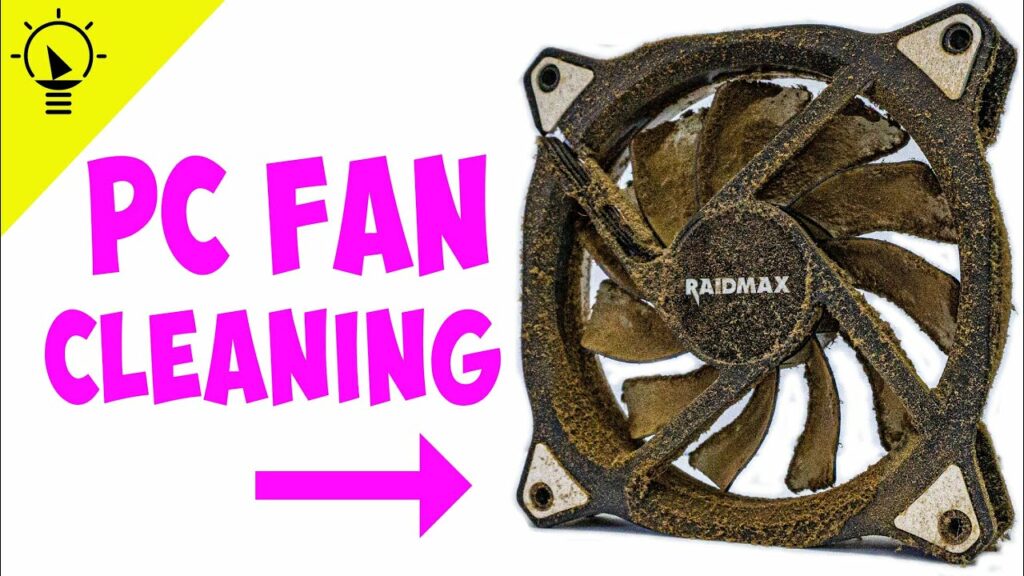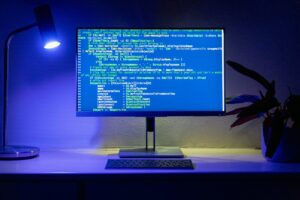How to clean a computer fan

Cleaning a computer fan is essential for maintaining optimal airflow, preventing overheating, and extending the lifespan of your computer components. Here’s a comprehensive guide on how to clean a computer fan:
Introduction to Cleaning a Computer Fan
- Importance of Cleaning Computer Fans
- Understanding the role of computer fans in cooling components
- Benefits of regular cleaning (improved airflow, reduced noise, prolonged hardware life)
- Types of Computer Fans
a. Types of Fans
- Introduction to different types of computer fans (CPU fan, case fans, GPU fan)
- Identifying the location of fans within the computer case
- Tools and Materials Needed
a. Gathering Supplies
- Tools required: compressed air canister, small brush (soft-bristled), screwdriver
- Optional: antistatic wrist strap, vacuum cleaner with brush attachment
Steps to Clean a Computer Fan
- Preparing the Computer
a. Powering Down and Disconnecting
- Shutting down the computer and disconnecting it from the power source
- Taking necessary precautions to avoid static electricity discharge (using antistatic wrist strap)
- Accessing the Computer Fans
a. Opening the Computer Case
- Removing screws or latches securing the side panel of the computer case
- Sliding or lifting off the side panel to access internal components
b. Locating the Fans
- Identifying the CPU fan, case fans, and GPU fan within the computer case
- Noting the position and orientation of each fan for cleaning
- Cleaning External Fans
a. Using Compressed Air
- Holding the compressed air canister upright and directing short bursts of air into the fan blades
- Rotating the fan gently with a finger to access all sides and angles
b. Brushing Away Dust
- Using a small brush or soft-bristled brush to dislodge stubborn dust from fan blades and grille
- Brushing in a gentle, sweeping motion to avoid damaging fan components
- Cleaning Internal Fans (CPU/GPU)
a. Removing Dust Buildup
- Carefully removing dust buildup from the CPU and GPU fans using compressed air and brush
- Ensuring fan blades and heat sink fins are completely free of dust and debris
- Cleaning Case Fans
a. Cleaning Case Ventilation
- Directing compressed air into case vents and fan openings to clear dust accumulation
- Removing dust filters (if applicable) and cleaning them separately with compressed air or water (if washable)
- Reassembling the Computer
a. Closing the Computer Case
- Reattaching the side panel of the computer case and securing it with screws or latches
- Ensuring all components are properly aligned and cables are reconnected
- Testing the Computer
a. Powering On and Monitoring – Powering on the computer and monitoring fan operation and noise levels – Verifying improved airflow and cooler temperatures after cleaning
Troubleshooting and Tips
- Troubleshooting Fan Issues
a. Addressing Noisy Fans – Investigating and troubleshooting noisy fan issues post-cleaning – Checking for fan obstructions or improper installation
b. Maintaining Regular Cleaning Schedule – Establishing a routine cleaning schedule (e.g., every 3-6 months) for optimal fan performance – Setting reminders or using software utilities to monitor temperature and fan speeds
- Safety and Maintenance
a. Handling Electronic Components – Exercising caution when handling delicate fan blades and electronic components – Avoiding excessive force or pressure that could damage fans or other hardware
Conclusion
Cleaning computer fans is a straightforward process that plays a crucial role in maintaining system performance and longevity. By following this comprehensive guide, users can effectively remove dust and debris from their computer fans, ensuring efficient cooling and reliable operation of their computer systems.







